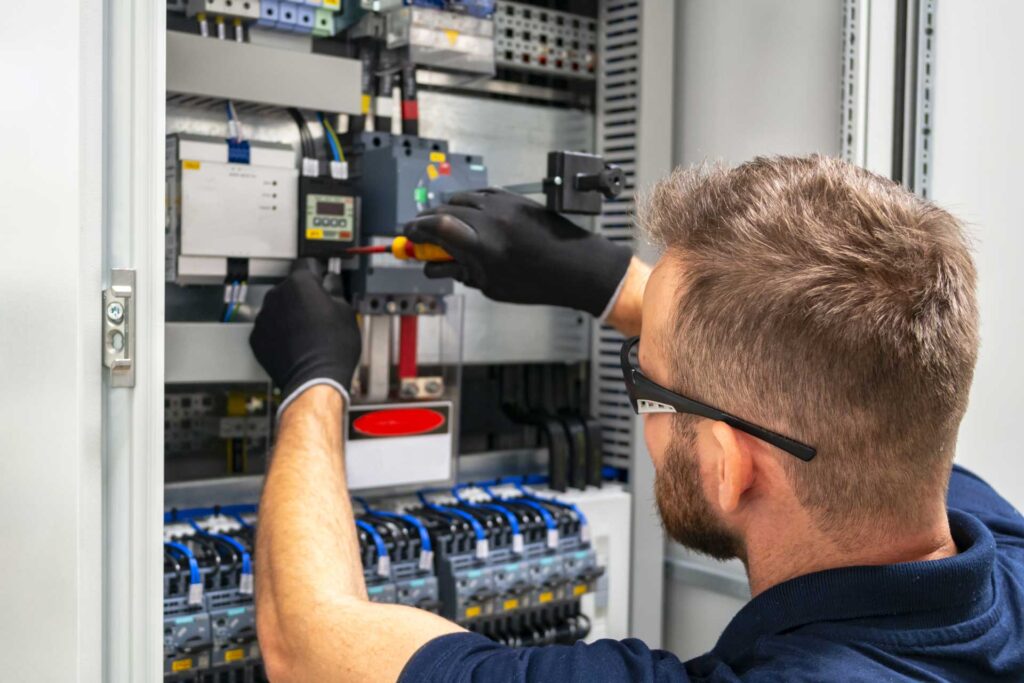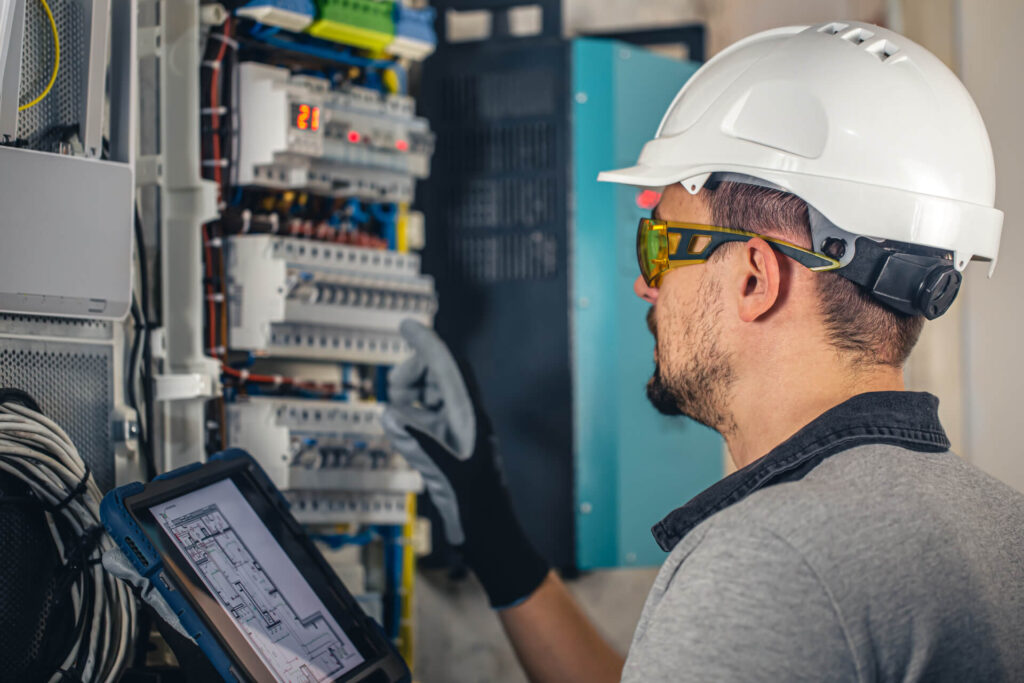Pub chain Mitchells & Butlers recently completed the largest voltage optimisation (VO) rollout in UK history, installing optimisers at approximately 1,100 of its sites across the UK. However, small and medium sized enterprises might be put off investing in the technology due to the capital expenditure required. Here, Stuart Hawkwood, founder of voltage optimisation specialist Powerdown220, explains why VO is for businesses of all shapes and sizes.
Voltage optimisation is a technology designed to manage and control the incoming electrical supply to a facility and its equipment, ensuring that it operates at an optimal voltage level. Most electrical devices are designed to operate within a specific voltage range. CE marked equipment is designed to work perfectly well at 220 volts, but the average supply from the National Grid is 242 volts and can be as high as 253 volts.
By lowering the voltage your equipment receives, a voltage optimiser ensures you only pay for the energy that you need. You also avoid the risk of over-volting your equipment by running unnecessarily high voltage through your devices. Voltage optimisation not only enhances energy efficiency but also prolongs the lifespan of machinery and reduces maintenance costs.
Large companies, particularly those in heavy industry or manufacturing, are more likely to experience significant energy consumption. Consequently, they often face high electricity bills. Voltage optimisation can be particularly advantageous for large enterprises as even if the overall percentage saving is relatively small, the total saving will still be significant.
Larger enterprises are also conscious of their carbon footprint. Investing in a technology like VO can help improve the image of the company but it is also the right thing to do for the environment. This was certainly a big factor for Mitchells & Butlers, a company which received the Best Sustainable Pub Company at The Publican Awards in 2023.
Small and medium-sized enterprises
Although every business is different, many small and medium-sized enterprises (SMEs) can reap significant benefits by implementing voltage optimisation. While the absolute energy savings might be smaller, the relative impact can still be equally significant. This is especially true in a time of rising energy bills and VO can be seen in this context as a technology which helps future-proof a business.
SMEs often operate on tighter budgets, so any reduction in energy costs can quickly contribute to their bottom line. Reducing energy bills by only paying for the energy you actually need is a tried and tested route to achieving this outcome. There is less risk or uncertainty involved compared to many other investments, as the technology is already established and the real savings can be calculated using basic information.
Furthermore, being environmentally conscious is not something that is unique to larger companies. We have worked with many local businesses where a concern for the environment was a key driver of their decision to invest in VO.
A potential challenge for SMEs is the initial investment, which might seem like a barrier for companies with limited financial resources. However, it is essential to bear in mind two things. Firstly, investing in VO will save you money in the long run and will usually deliver a quicker return on investment (ROI) compared to other technologies like solar power or combined heat and power (CHP). Secondly, there are many schemes available to help companies finance the technology and many providers will offer a savings guarantee.
For large companies who are high consumers of electricity, investing in VO will often be a no-brainer. However, this technology can be equally beneficial to SMEs. Every business is different, so the best way to start is to work out how much you stand to save from the investment. Depending on the voltage supply in your area, the return on investment might be a lot quicker than you think.





